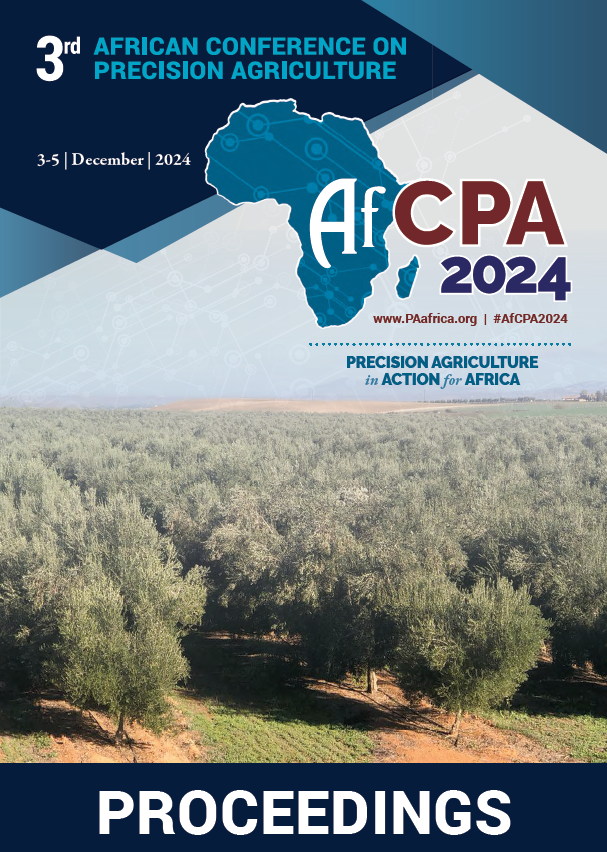Download the Conference Proceedings
Proceedings
Authors
| Filter results2 paper(s) found. |
|---|
1. Soil organic carbon mapping in Tunisia: comparison of different interpolation methodsSoil organic carbon (SOC) stock is an important carbon pool in terrestrial ecosystems. It plays an important role in agricultural productivity and is often used as a key indicator of soil quality whether for soil fertility or climate regulation. SOC stocks are difficult to estimate due to the large spatial variability. In this way, many different techniques have been conducted for predicting and mapping SOC content. However, although numerous techniques are in use, there is still debate on which... M. Barbouchi, H. Bahri, A. Souissi, H. Cheikh m'hamed, M. Annabi |
2. Position of Climate Change and Desertification Issues on the Livelihoods of Indigenous Communities of Africa: Case Study of the Sahel Region and the Horn of AfricaThis Sahel environment stretches all the way from Senegal to Somalia cutting across over ten Africa countries bordering the " Sahara desert" in the north and the "Sudan savannah" in the south, with an annual rainfall of less than 50cm per annum, with good agricultural output (production) as well as large grazing fields for pastoral activities is a home for so many indigenous communities like the Mbororo (Cameroon and Chad), Tuareg (Niger) and the Kanuris (Nigeria, Niger, Chad... B. Abubakar |
